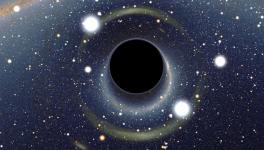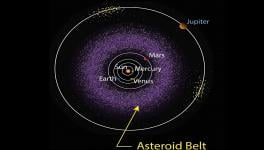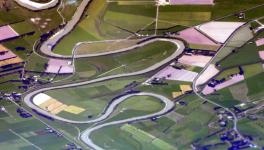Ground Telescope takes Pictures as Good as Ones from Space
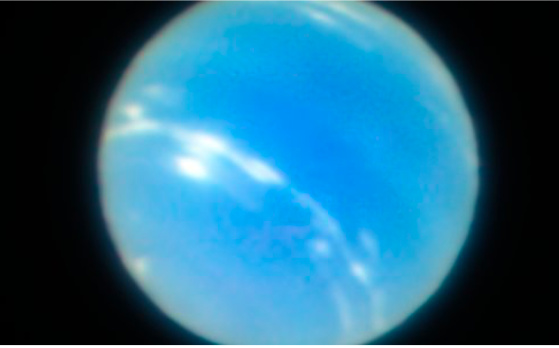
Neptune captured by VLT. Image courtesy: European Space Observatory
It is generally difficult for ground telescopes to capture clear, accurate images of distant astronomical bodies in the night sky due to light being distorted by the earth's atmosphere. To get around this, scientists launch telescopes into space, such as the Hubble telescope which orbits around the earth. But the European Space Observatory’s (ESO) Very Large Telescope (VLT) has been able to get images as sharp as the ones from the Hubble sitting on the earth's surface.
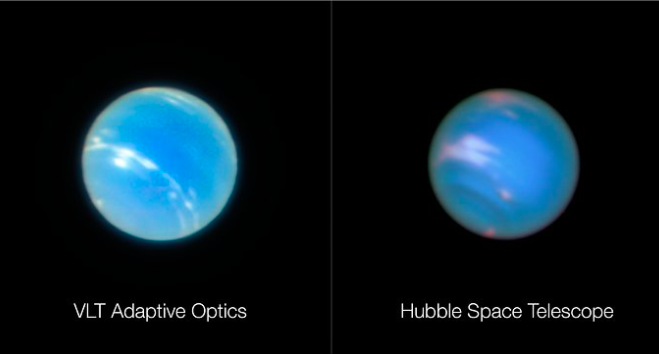
Last week, the telescope took its first images in Paranal, Chile, one of the best sites for viewing the night sky, using adaptive optics. It is this technique that solves the problem of atmospheric distortion, saving scientists the hassle and expense of sending instruments into space, and also saving resources which would have been spent in maintaining a telescope orbiting in space.
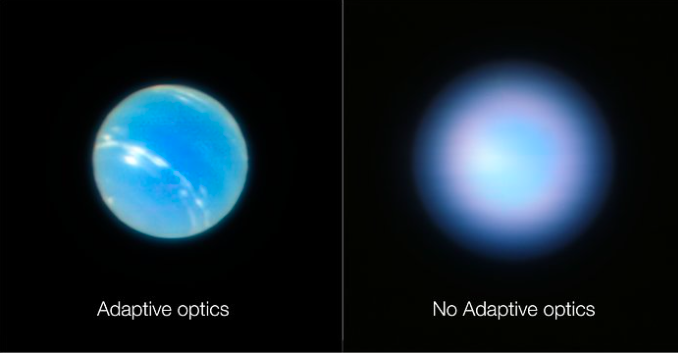
Atmospheric distortion causes stars to appear twinkling to human eyes, and also blurs the details of heavenly bodies and star clusters observed from ground facilities. Adaptive optics uses deformable mirrors which are controlled by computers and which adjust to correct the distortion caused by the atmosphere in real-time.
Also Read: 20 New Worlds Discovered Which Could Host Life
To figure out the adjustment required by the deformable mirrors, the technique takes the help of any bright reference star located close to the object that is being observed. The reference star is used to gauge the amount of blurring being caused by the atmosphere and the mirrors are adjusted accordingly. However, such stars are not available everywhere in the sky, and there might not be one present close enough to every body that needs to be observed.
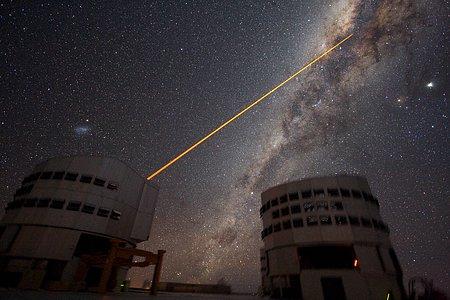
For this, adaptive optics takes help of artificial stars, which are powerful laser beams that are fired from earth to the required location in the sky. These laser guide stars then provide information about atmospheric distortion.
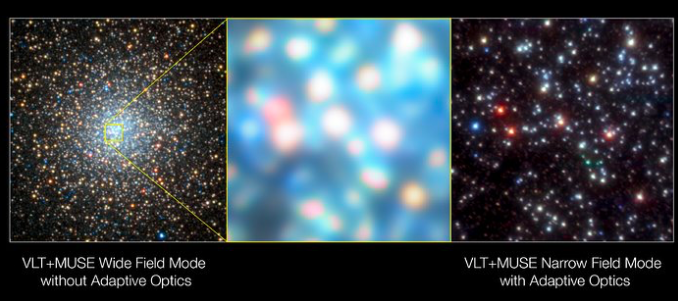
The VLT has four such powerful lasers attached to it. It has two modes of operation, Wide Field Mode and Narrow Field Mode. The former can remove distortions in the images for up to one kilometre above the telescope, and over a wide area. The narrow mode can remove almost all atmospheric distortion above the telescope over a smaller region.
Scientists and engineers at the European Space Observatory, the intergovernmental astronomy organisation consisting of 15 member countries, are using the technological advancements made in the operations of the VLT to build the even more powerful Extremely Large Telescope (ELT).
Also Read: Ice Cliffs Found on Mars
Get the latest reports & analysis with people's perspective on Protests, movements & deep analytical videos, discussions of the current affairs in your Telegram app. Subscribe to NewsClick's Telegram channel & get Real-Time updates on stories, as they get published on our website.










